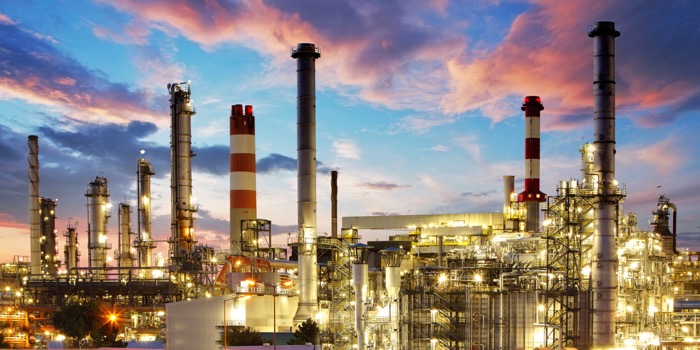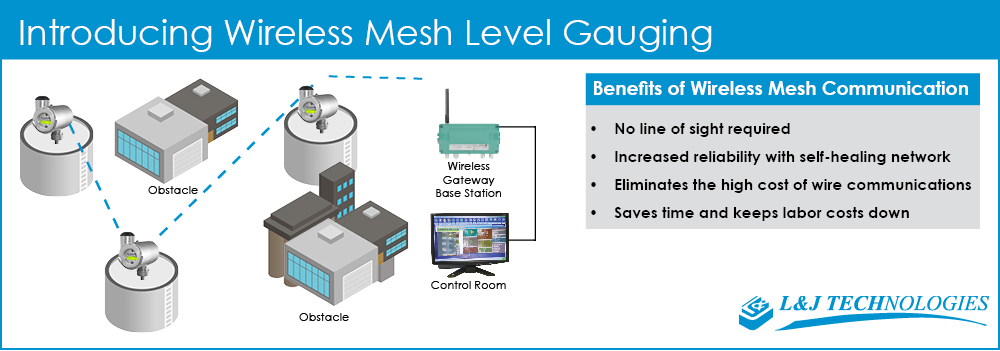Thousands to be affected by unraveling of U.S. workplace safety rule
An estimated 11,500 maritime and construction workers are exposed each year to beryllium: a toxic, carcinogen often used in abrasive blasting grits and linked to beryllium disease which is chronic and sometimes fatal. These workers are part of a two-year regulatory battle developing behind the Trump administration’s push to revoke ancillary provisions of the safety rule that it deems burdensome to U.S. businesses.
As the Obama Administration was coming to an end, it implemented a rule that required increased monitoring of workers using beryllium, as well as limiting their exposure to the carcinogen. Just after the election, the industry-friendly Trump administration began moving to unravel key provisions of the rule.

Even though the Trump administration has left the new beryllium exposure limits intact, in June 2017, it announced plans (scheduled to take effect in June 2019) to revoke the ancillary provisions for the construction and shipyard sectors, which require air quality testing and disease monitoring for beryllium-related illnesses. The changes would remove the estimated 11,500 workers from the protections, according to an analysis by the Occupational Safety and Health Administration (OSHA).
In the new proposal published on June 27, 2017, just weeks after the rule went into effect, it can be seen that OSHA ignored much of the evidence it gathered over 15 years of review. “The new conclusions that form the basis of this new proposal are not supported by evidence or reasons—they are totally and completely unfounded,” stated the National Employment Law Project (NELP).
On the news of the changes to the rule, Deborah Berkowitz of NELP commented: “Never in OSHA’s history has the agency decided to roll back worker protections for a carcinogen.”
OSHA’s research found that the measures now being dismantled could have saved lives. However, the protections it would demand would cost industries nearly $12m a year ($1,000 per worker), according to the cost-benefit analysis completed in 2016.
That analysis, a mandated component of the rule-making process, found that the ancillary provisions would generate over $27m per year in health benefits in the construction and shipyard sectors – a net economic benefit of $15m per year.
Those opposing the rule say its provisions for construction and shipyard operations are unnecessary because these workers are already protected by other OSHA safety requirements and so the extra costs involved with air testing or disease surveillance are unfair on businesses.
At a hearing that took place on February 27, 2018, in Washington, D.C., Congressman Bobby Scott asked Former Occupational Safety and Health Administration (OSHA) Secretary and Beryllium medical expert, Dr. Michaels, why the Federal Beryllium Rule has not yet been implemented, and to identify safe alternatives for the surface preparation market. Dr. Michaels not only recommended crushed glass abrasives, but he also shared one of the largest abrasive users in the U.S., Newport News Shipyard, has converted from coal slag to crushed glass due to the potential health risks.
The updated 2017 OSHA Beryllium Standard was born out of a negotiated relationship between the steelworkers union and a primary Beryllium producer. Following the submission of a proposal from the union, OSHA questioned whether it should cover maritime work places as Beryllium is associated with abrasive blasting. The maritime industry stated that the permissible exposure limit should be increased.
Commenting on the rollback, Deborah said: “This proposal is also contrary to OSHA’s statutory mandate, leaving unprotected workers in the construction and shipyard sectors that OSHA previously and correctly identified as being at risk.”
23rd January 2019

















